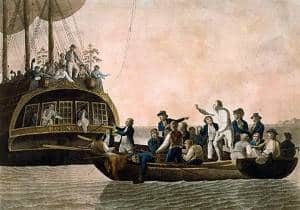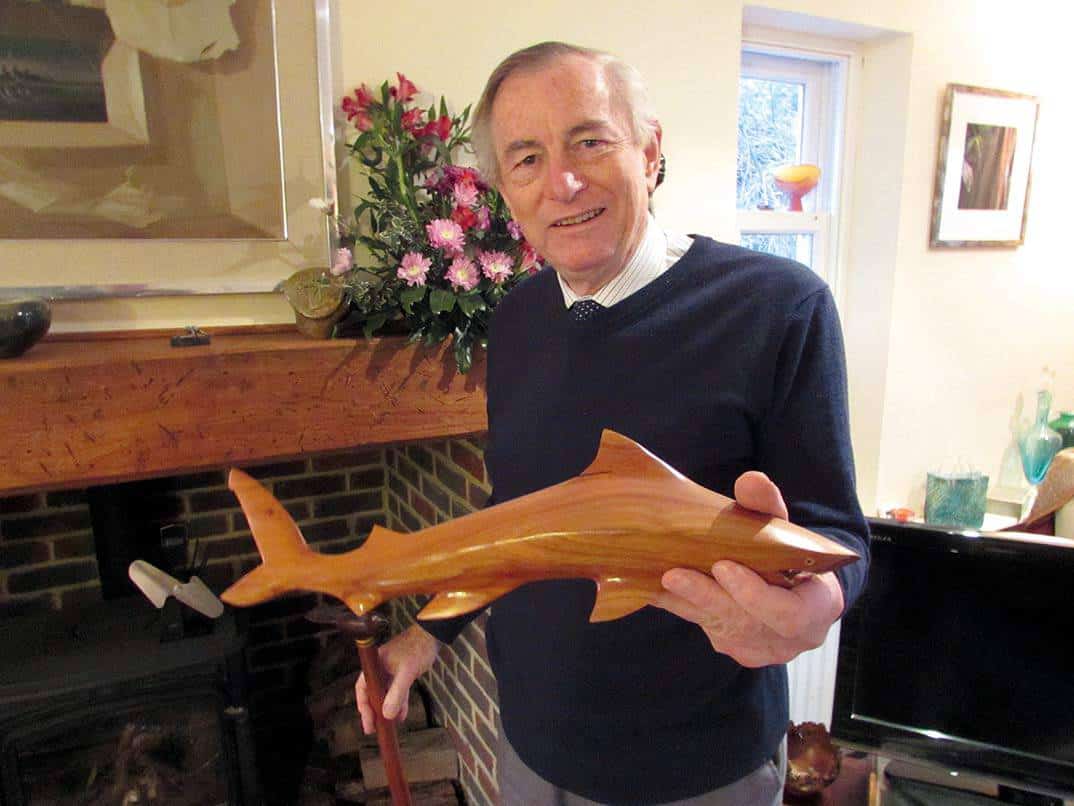Becoming Governor of the Mutiny On the Bounty-famed Pitcairn Islands, as part of his role as British High Commissioner to New Zealand, should have marked a celebratory final chapter in Martin Williams’ diplomatic career.
But it was overshadowed by the tiny main island’s series of sexual assault cases that were investigated by Kent Police, and threatened the very fabric of this close-knit community.
With its early tales of drunkenness, murder and death from tropical disease, Pitcairn has endured a chequered yet remarkable history.
Its unlikely band of rebel settlers from the mutinous crew of the Bounty in 1790 somehow survived the tropical elements, and their descendants now reside in what stands as the British Government’s last remaining overseas territory within the South Pacific.
Having a population of a little over 50, Pitcairn Island acquired UNESCO world heritage status in the 1980s.
“The island was so far removed from anything I had been used to. It was quite bizarre and almost not of this world. It’s a fantastic community and serves as an example of how places can flourish providing they work together,” recalls Mr Williams of his initial impressions of Pitcairn, where he served between 1998 and 2001.
The island’s relative isolation has counted against it, as was seen with a global appeal for new settlers last year. Just one person took up the offer of ‘living the dream’ and making the move to Pitcairn.
By far the darkest chapter in its recent history came during Mr Williams’ tenure, during which he tackled a series of sexual assault cases involving under-age girls and nearly a third of the island’s male population.
A decision was made that, as the islands were under British jurisdiction, officers from Kent Police would investigate allegations of sexual abuse.
Mr Williams says: “Worrying reports emerged when I was Governor, and I decided that if we were going to investigate cases of abuse then there needed to be a legal process that related to this.
“So we had to set up a complete legal system, which had facilities for trials to be heard and judges that were independent. Police found that there were several men who had possibly sexually assaulted under-age girls, but the legal basis for this had to be established.
“We had to be very clear with them that their behaviour needed to be dealt with – it was an extremely difficult thing to do, but it has been achieved with the legal system we set up.
“In the end, seven convictions were upheld in these cases and there were appeals to the Privy Council. The case mounted by the defence collapsed – it was clear there was no basis for appeal. Some of these men were sentenced to serve time on a prison that had to be built on the island.
“But because of how small it was, there were occasions when those who had been convicted had to be let out when work needed to be done.”
Mr Williams only made two visits to the island. The first was particularly memorable, as he was dropped off in its only navigable spot, Bounty Bay, where the decaying remains of the ship that inspired the location’s name is still visible to divers off the rocky shores.
His remarkable experiences while serving in New Zealand and the South Pacific, which saw his artist wife design stamps for Pitcairn, are quite some contrast to their life back in Kent.
These days, the 74 year old is a member of the Royal Tunbridge Wells Choral Society, and also plays an active role in Yalding village life through the parish church.
He reflects that his career has proved hugely rewarding over the years, and says he wouldn’t have done anything differently.
“It was a privilege to spend time in this extraordinary community, which had been very successful in many ways” he says.
Martin Williams will be giving a talk on his role as Governor of the Pitcairn Islands on March 18 at St John’s Church Hall, St John’s Road, Tunbridge Wells. Email geraldchew@uclub.net for information.
PITCAIRN EARLY HISTORY

The island was named after 15-year-old Robert Pitcairn, of the British Sloop HMS Swallow, who had sighted it in 1767.
Until the arrival of the mutineers from The Bounty in 1790, the tiny chain in the South Pacific did not have any permanent settlement.
According to archaeological research, Polynesian islanders from the region were aware of the group of four islands, which were named Pitcairn, Henderson, Ducie and Oeno, though had not established a continuous community there.
Many of its residents became Seventh-Day Adventist Christians, with remaining artefacts from the Bounty, including one of its ship’s Bibles becoming highly treasured items.
The island is regarded as the least populated national jurisdiction in the world, and presently has a population of 56, down from a peak of nearly 250 in 1930.








